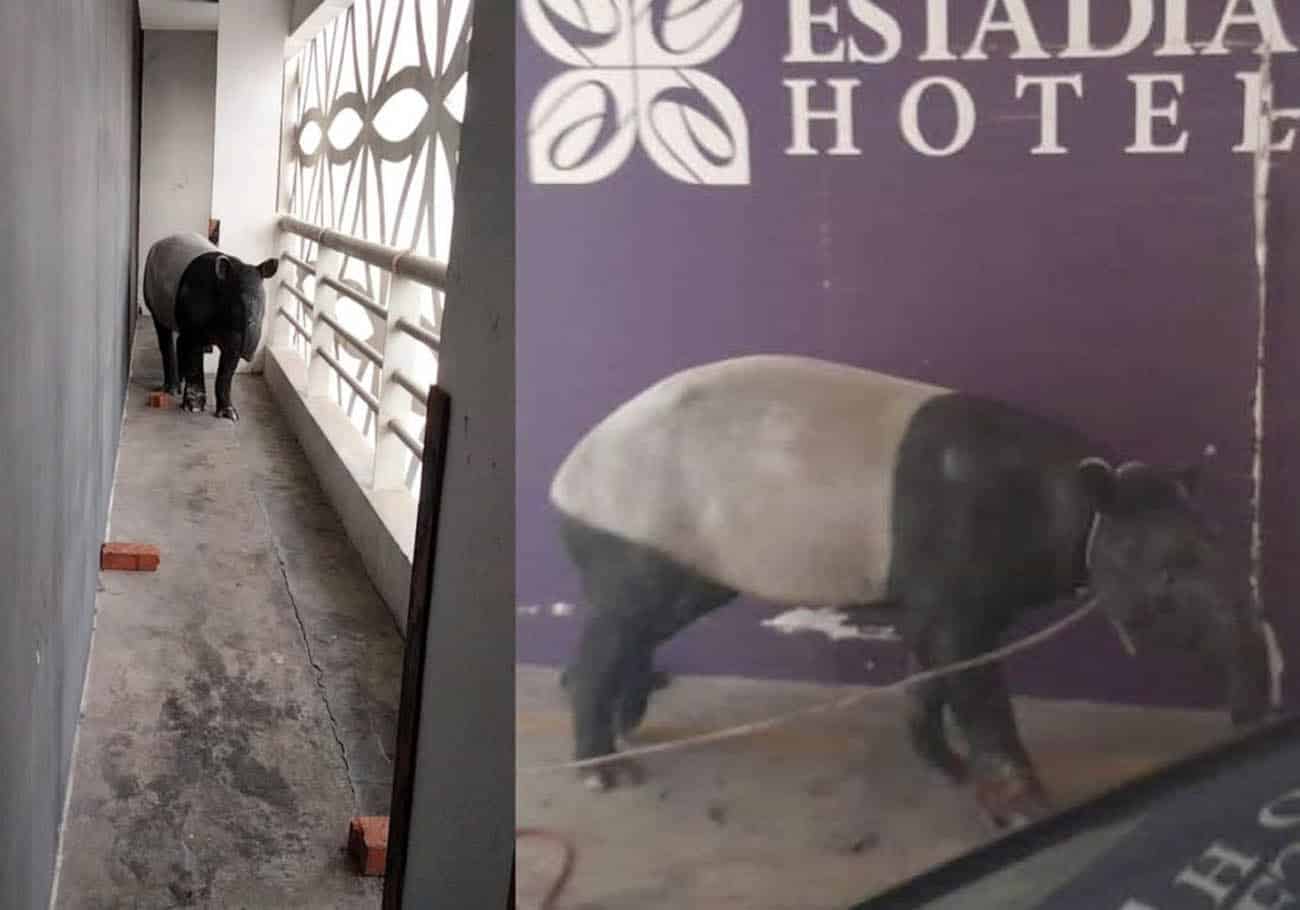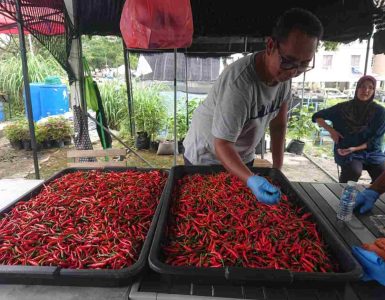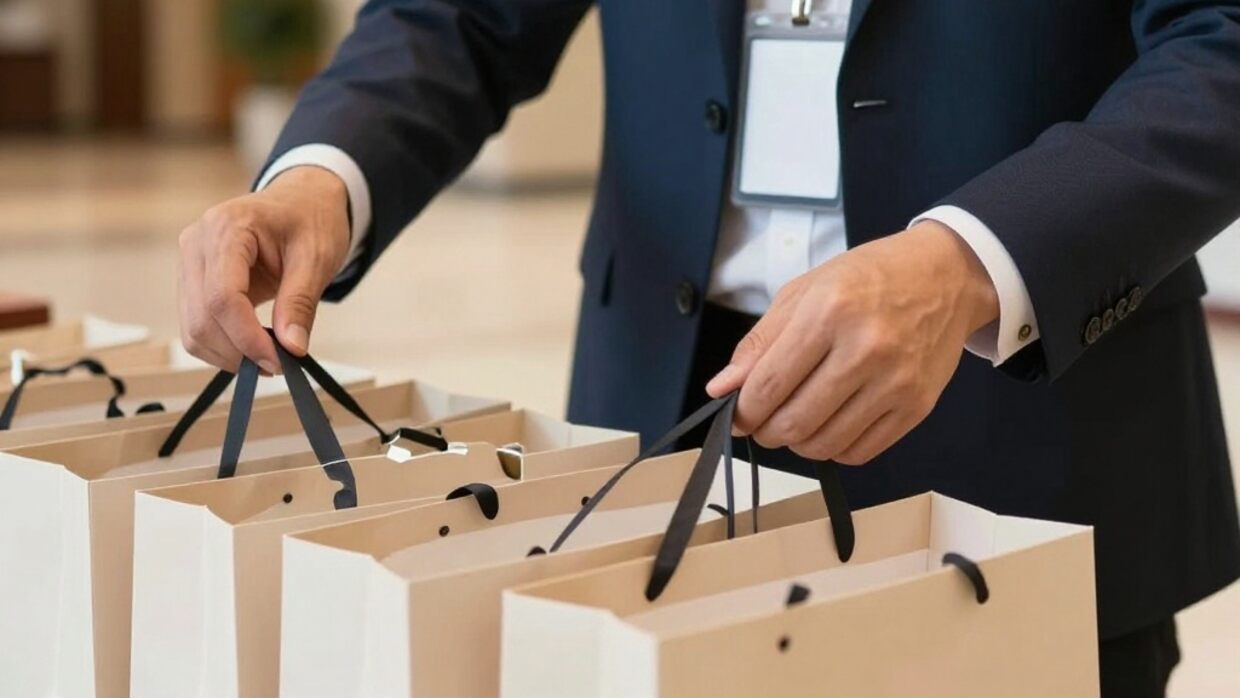
The expansion of human populations is resulting in more frequent and serious encounters with wildlife, leading to human-wildlife conflicts (HWCs). These conflicts are posing a serious threat to both animals and people. As human populations continue to grow, forests are being converted into agricultural lands, highways, roads, railways and homes. These developments are displacing animals from their habitats and pushing them towards human settlements.
As a result of this, HWCs have become a major concern. Wild animals such as bears, elephants, panthers and tigers are frequently entering human territory, leading to crop loss, livestock predation, and even personal injury or death. The cost of these conflicts is borne mainly by rural people. The loss of natural habitats is a major contributing factor to these conflicts.
Habitat destruction: A major factor in human-wildlife conflicts

The destruction of habitats is the most significant threat to endangered species. Malaysia, for instance, has seen a significant increase in deforestation in recent years. Between 2017 and 2021, 349,244 hectares of forest were destroyed, with Sarawak and Pahang experiencing the highest rates of deforestation. The biggest drivers of deforestation were timber plantations and palm oil.
Habitat protection measures are limited and fragmented. Protected areas must be large enough to contain a variety of necessary habitats, including lands outside of core protected areas. Small isolated, fragmented reserves are of limited value, particularly for wildlife that wanders. Protected areas face a range of threats, including poaching, pollution, and degradation from local industries.
Current strategies and solutions do not match the scale of the problem faced, and management measures are often piecemeal. Governments are often reluctant to interfere with the financial interests of large industries, and as a result, habitats continue to dwindle and wildlife continues to disappear.
The need for cooperation and united action

There is a need for united action to address the issue of HWCs. All stakeholders, including government authorities, local communities, decision-makers, and the private sector, must work together to develop solutions that allow for co-existence with wildlife. Habitat protection must be a priority, and measures must be taken to reduce habitat destruction.
In the words of Rimba Watch, “It is clear that state governments are unwilling to interfere with the financial interests of large industries…As a result, habitat continues to dwindle and wildlife continues to disappear.” It is time for all stakeholders to step up and take responsibility for protecting our natural habitats and wildlife.
In conclusion, the destruction of natural habitats is the major cause of human-wildlife conflicts. Habitat protection measures are inadequate, and there is a need for united action to address this issue. All stakeholders must work together to reduce habitat destruction and develop solutions that allow for co-existence with wildlife. Failure to do so will lead to the continued disappearance of wildlife and the loss of our natural heritage.
By Consumer Association of Penang President, Mohideen Abdul Kadeer











